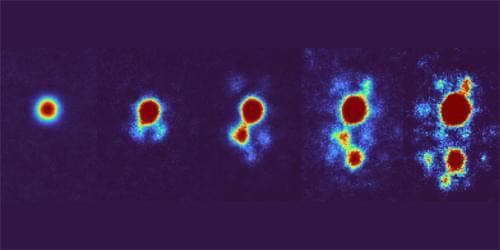Monitoring the fissile material aboard nuclear-powered submarines is notoriously difficult. Researchers may now have a way to safeguard this weapons-grade substance.
Last year, the United Kingdom and the United States agreed to transfer some of their nuclear-powered submarines to Australia, a country that, at that time, possessed none. On hearing the announcement, Bernadette Cogswell and Patrick Huber of Virginia Tech in Blacksburg say that they were immediately concerned as there is currently no easy way to safeguard a nuclear reactor aboard a submarine. Now, the duo has come up with a technique that could solve that problem [1]. They say that the method could be used to confirm the presence of a submarine’s nuclear core without the need for onboard monitoring.
Most naval nuclear reactors employ uranium that is highly enriched fissile uranium-235 (235U 2 3 5 U 235U), a material also used to make nuclear weapons. For land-based reactors, inspectors keep track of 235U 2 3 5 U 235U using neutrino detectors placed close to an operating core (see Feature: Neutrino Detectors for National Security). But this technique doesn’t work for the water-submerged cores in submarines at sea. It also fails for the weak signals from powered-down cores, allowing operators to subvert checks of docked submarines.








